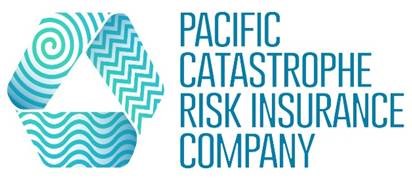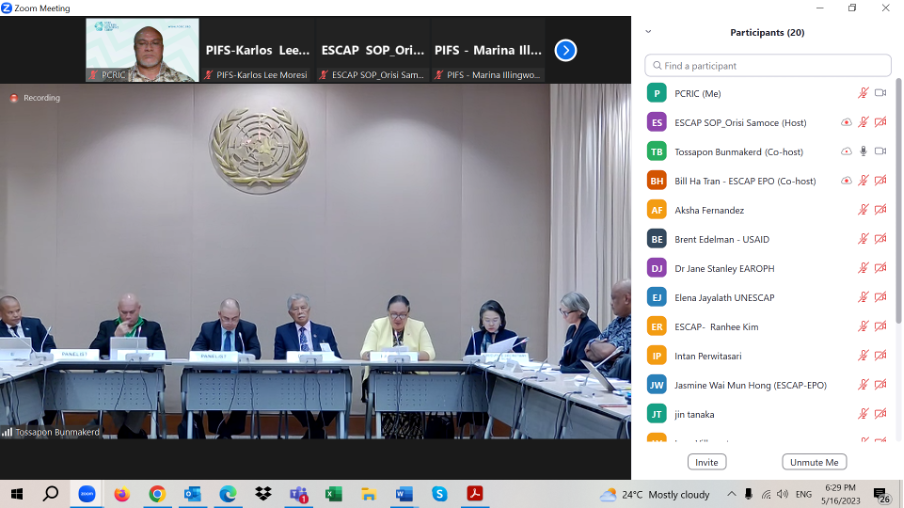PCRIC Services are an Effective Source for Minimizing Loss and Damage in the Pacific Region
At the side event during the 79th UNESCAP Commission Session organized by PIFS and ESCAP, the PCRIC CEO, Mr. Aholotu Palu, highlighted three key areas relevant to the Pacific region in the Loss and Damage conversation: science, policy dimension, and resource availability.
Scientists have affirmed that climate change poses an existential threat with devastating impacts on people and ecosystems, particularly in the Pacific region. The scientific evidence indicates that dealing with loss and damage is becoming increasingly challenging.
Therefore, efforts have been made to adopt laws, guidelines, and policies to support climate change adaptation and mitigation in countries. However, multilateral financiers such as the Green Climate Fund and Adaptation Fund have an onerous process based on required best practice standards, making it challenging for Pacific Island nations to access meaningful resources.
Also, the one-size-fits-all process does not bode well with the absorptive capacity of the Pacific. Mr. Palu called for a conversation on establishing a “good enough” standard as a stepping stone to achieving best practice standards given the obvious capacity limitation of small island states.
He said that, “For the Pacific region, I think it makes practical sense to leverage on existing mechanisms or instruments already established to provide resources for resilience building efforts to minimizing or avoiding loss and damage rather than creating new methods that will have implementation delays. Countries are more interested in securing additional finance to tackle the impacts of loss and damage from climate change.”
In addition to this, he noted that there also needs to be a more coordinated approach to avoid confusion between existing and new financing mechanisms and instruments as countries don’t have the capacity to deal with new processes and requirements.
Mr. Palu emphasized the importance of PCRIC as an entity providing innovative financial products and services to support Pacific Island countries in responding to disasters effectively. He urged agencies to invest in a proactive approach and use pre-arranged financing to enhance adaptability and minimize loss and damage.
While PCRIC is not the sole solution, it plays a crucial role in providing immediate resources post disasters, and donors are encouraged to support diversification for maximum returns on investment. The PCRIC CEO also brought attention to the two new products for excess rainfall and drought that are planned to be introduced later this year which will offer immediate resources to countries before and after disasters. This proactive approach aims to build resilience and minimize loss and damage.




